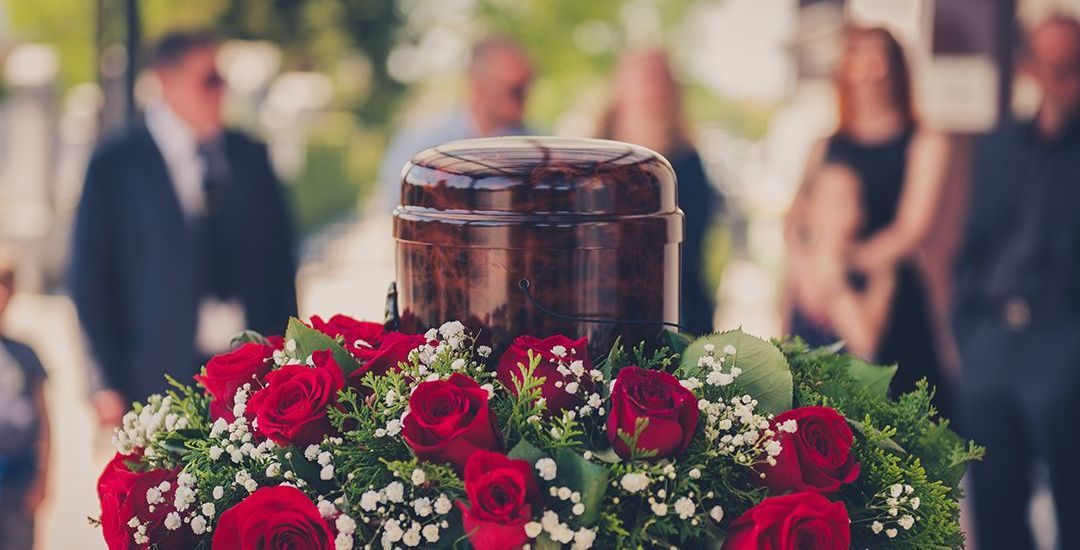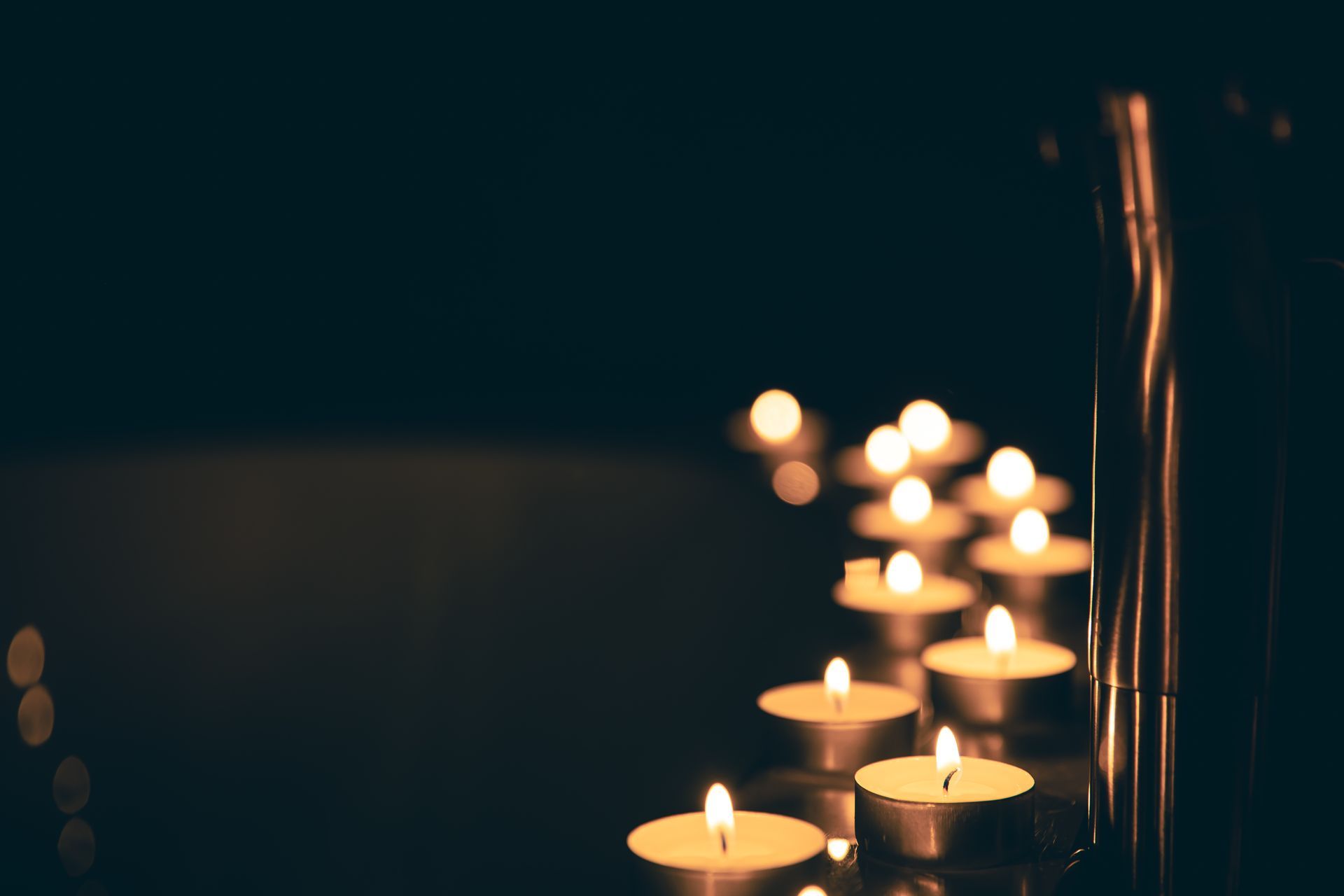Honoring First Responders: Special Considerations for Funerals and Memorials
Honoring First Responders: Special Considerations for Funerals and Memorials
First responders hold a special place of honor in South Shore communities. The courage, selflessness, and dedication our police officers, firefighters, paramedics, and EMTs show every day in protecting and serving others defines heroism. The Keohane team understands the importance of honoring these remarkable people when they make the ultimate sacrifice in their service. Planning funerals and memorials for our first responders involves a number of special considerations to ensure tribute is paid appropriately to their service and secure their legacy with the utmost respect.
Understanding the Unique Needs of First Responder Funerals
First responders carry with them a sense of duty that demands a deeply personal approach to their funerals and memorials. These ceremonies are meant to commemorate both their lives and their commitment to our communities, as so many generations have before them.
3 Key Considerations When Planning First Responder Funerals
- Incorporating Traditions and Honors
One critical aspect of a first responder funeral is the inclusion of traditional honors and ceremonial elements. These can vary, depending on the branch of service, and often include the following:
- Honor Guards : A dedicated, trained team that performs ceremonial duties like standing watch and participating in the funeral procession.
- Processions : This is typically a solemn parade involving service vehicles, fellow first responders, and community members paying tribute to the deceased.
- Bagpipes and Drums : These timeless instruments are a traditional part of first responder funerals, especially for firefighters and police officers. Bagpipes and drums add a poignant, timeless quality to the ceremony.
- Last Call or Final Alarm : A symbolic practice to mark the final radio call or bell ringing for the fallen first responder, signifying the end of their service.
- Personalizing the Service
Every person is unique, and their service should honor their personal and professional legacy. This may include:
- Personal Artifacts : Displaying uniforms, badges, helmets, and other personal effects that reflect their role and achievements.
- Stories and Memories : Encouraging family, friends, and colleagues to share anecdotes and memories that show the depth of the fallen first responder’s life and service.
- Visual Tributes : Displaying and sharing pictures and videos that highlight key moments and milestones. These can often prompt old memories among those gathered to honor the person.
- Community Involvement
First responders very often create deep bonds within their communities. Including community members in the funeral or memorial can be a heartfelt way to show collective gratitude and respect. For example, this can include:
- Public Memorial Services : Holding a public service allows the local community to come together in honor of the fallen hero.
- Community Tributes : Organizing candlelight vigils, erecting memorials, or creating scholarship funds in the individual’s name can all be meaningful ways to honor them in lasting fashion.
Supporting Their Families
The families of first responders tend to suffer tremendously, and these folks deserve special consideration and support during this harrowing period. Offering comprehensive services that recognize their needs is crucial:
- Bereavement Counseling : Providing access to grief counseling can help families process their loss in a healthy way.
- Logistical Assistance : Helping these families with the necessary paperwork and arrangements related to honors, benefits, and other entitlements is a loving way to help in real time.
- Ongoing Support : Establishing support groups or connections with other families who have experienced similar losses can be a difference-maker.
Creating a Lasting Legacy
Honoring a fallen first responder isn’t limited to the immediate period following their loss. Creating a lasting legacy makes sure that their life’s work is remembered and celebrated for many years to come. This can include:
- Scholarships and Funds : Establishing scholarships or community funds in their name can extend their legacy of service and support to the next generation of first responders.
- Memorial Events : Organizing annual events or ceremonies on significant dates to commemorate their service, such as golf tournaments, 5K races, and fundraising walks.
- Digital Memorials : Creating online memorial pages where friends, family, and members of the community can share their memories and offer tributes.
Conclusion
At Keohane, we’re committed to honoring the lives and legacies of our first responders with all of the dignity and respect that they deserve. Our team is here to support every family through each step of the process, helping you to be sure that every detail reflects the heroism and sacrifice of your loved ones. In blending meaningful traditions, personal touches, and community involvement, we can craft ceremonies that are not only a loving farewell but a powerful tribute to their lasting impact on our lives.
If you have any questions or need assistance in planning a first responder funeral or memorial, reach out to us right away. We’re here to help, always.











